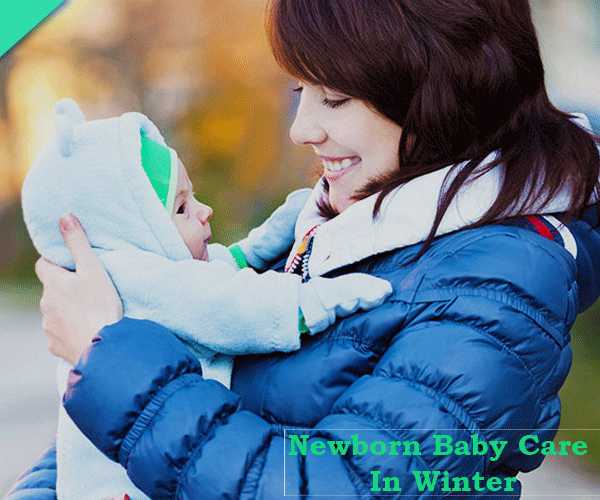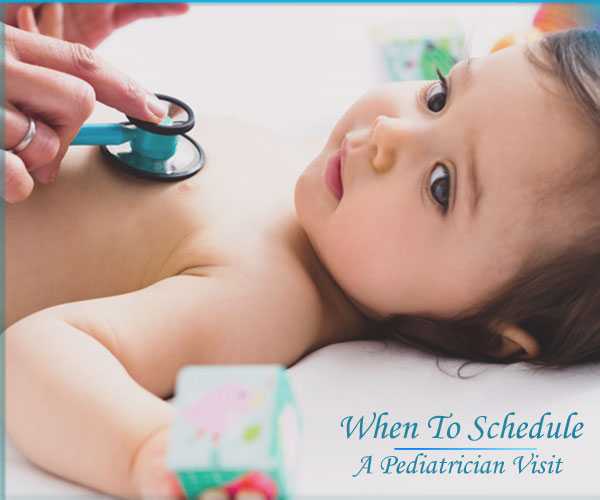A routine examination of each neonate is mandatory within 72 hours of delivery to check the body for any physical anomalies or defects & any signs or symptoms of illness. The neonate’s pulse, respiratory rate, the level of consciousness, the rate of activity, his/her weight, temperature, color & texture of the skin, et cetera are diligently noted & recorded for future references. If the neonate is not a high-risk infant, the examination should be stalled till the third day to ensure the infant has enough access to the kangaroo treatment during the initial days of his/her life. Skin to skin contact helps to stabilize the neonate and help him/her adapt to the extrauterine environment.
a. The neonate should be placed under warm lighting for the physical examination to decrease the possible chances of contraction of hypothermia, which is common in new born infants.
b. The pulse of the neonate should be 120 – 160 beats per minute.
c. The temperature should be stabilized around 37 degree Celsius.
d. The neonate’s breathing rate should be 30 to 60 breaths per minute.
e. Weight, length, head-circumference and blood pressure is recorded.
f. The neonate’s physical activity may slow during sleep but prolonged lethargy indicates illness.
g. Normally, the blood pressure should be between 60 and 80 (systolic) & between 30 and 45 (diastolic).
SKIN
a. The infant should have smooth, puffy skin that is usually reddish in color.
b. Premature infants have skin that tends to be extremely delicate, almost gelatinous, depending on their gestational age.
c. The skin is covered with a fine network of immature hair called lanugo that disappears over the course of time and may get replaced with vellus hair.
d. The appearance of slate blue patches over the body is prevalent among Native American & Asian neonates. These well-defined patches are known as Mongolian Spots & tend to disappear within the span of a year.
e. The neonate’s body should be checked for any possible visibility of meconium staining, that generally leaves a greenish-yellow tinge on the baby’s skin, umbilical cord and the nail beds. Meconium staining might indicate that the neonate has ingested the meconium liquor prior to the delivery and thus has high chances of suffering from respiratory distress that might need immediate attention.
SKULL
a. The skull is examined post delivery for any visible dentures. During a normal delivery, the neonate’s cranial bones overlap to facilitate delivery, leaving the skull to be mildly compressed. It reverts back to its original shape eventually.
b. The anterior fontanel should be diamond shaped, roughly sized between the variations of 2, 3 & 4 centimeters.
c. The posterior fontanel should be triangular and not bigger or smaller than 1 centimeter.
d. The texture of the fontanels should be soft yet firm & positively flat.
e. Generally, some neonates might have a swollen section of the scalp that is caused by the cervical pressure on the skull during a delivery. The swelling lessens gradually with the course of time.
FACE
a. During the examination of the neonate’s face, it should be kept in mind that features like widely spaced eyes, asymmetrical features, low-set ears, epicanthic folds et cetera are the indicators of congenital syndromes.
b. The color of the eyes should be distinct, with well-formed brows & a bright non-clouded cornea. A cornea larger than a 1 cm in diameter indicates high chances of contraction of congenital glaucoma.
c. The blink reflex of the neonate should be checked. No tear formation should be there, with the ability to focus on an object.
d. The presence of red reflex ensures the neonate is not susceptible to cataract.
EARS
a. Deformed pinnae are the most common defects encountered.
b. The ear is inspected for skin tags.
c. The startling of a neonate at a sudden loud noise confirms functional hearing abilities.
d. The position of the crowning top of the pinna should be above the canthus of the eye.
NOSE
a. The sneeze reflex should be present
b. The absence of nasal discharge, though thin white mucus may be discharged in some cases.
c. The presence of symmetrical nostrils.
d. Nasal flaring might indicate potential distress.
MOUTH
a. The soft palate, the hard palate & the lips should be inspected for the presence of any clefts.
b. Some neonates develop Epstein pearls that are the accumulation of epithelial cells on the hard palate. They’re temporary.
c. The gums should be thoroughly checked for epulis, that is cyst like projections that disappear gradually too.
d. Some neonates are born with teeth which require surgical removal.
e. The tongue movement should be unrestricted.
NECK
a. The neck should be short & thick.
b. Capable of turning from side to side.
c. Should have an intact clavicle
d. The neck should not have any visible swellings or outgrowths.
HEART & LUNGS
a. With the help of a stethoscope, the neonate’s heartbeat should be counted.
b. Heart murmurs are common and are a result of the congestion in the blood flow that settles down eventually.
c. The discoloration of the neonate’s face & body from red to blue indicates potential congenital heart disease.
d. The nipples should be distinct & present in the right place. Far spaced or inverted nipples along with a shield-shaped chest indicate the development of Turner’s syndrome.
e. Labored breathing indicates high chances of respiratory distress, pneumonia, and dysfunctional lungs.
ABDOMEN AND GENITALS
a. The abdomen should be domed shaped & should retract & expand during inhalations and exhalations.
b. Position and size of kidneys, liver, and spleen are checked.
c. The umbilical cord should be well formed & dry.
d. Engorged genitals post delivery are normal
e. The urethral & anal openings are checked
f. The testes should be in the scrotum of male neonates
g. Discharge of meconium within 48 hours of birth is normal but does not confirm the presence of a perforate rectal tube.
h. The hips are examined to rule out the chances of congenital dislocations.
NERVOUS SYSTEM & BONES
a. The neonate’s arms & leg movements are monitored closely. Restricted movements can indicate potential nervous system disorders or fracture of a bone during delivery.
b. Each reflex is put to test to ensure the neonate has no problem functioning them. Sucking reflex, swallowing, sneezing, Moro & rooting reflex are thoroughly checked.
c. The child should be able to hold his/ her head straight for few moments.
d. S/he should be able to turn side to side without any hindrance.
e. The spine is checked for any sustained injuries during delivery, like spina bifida.
Comments (0)




